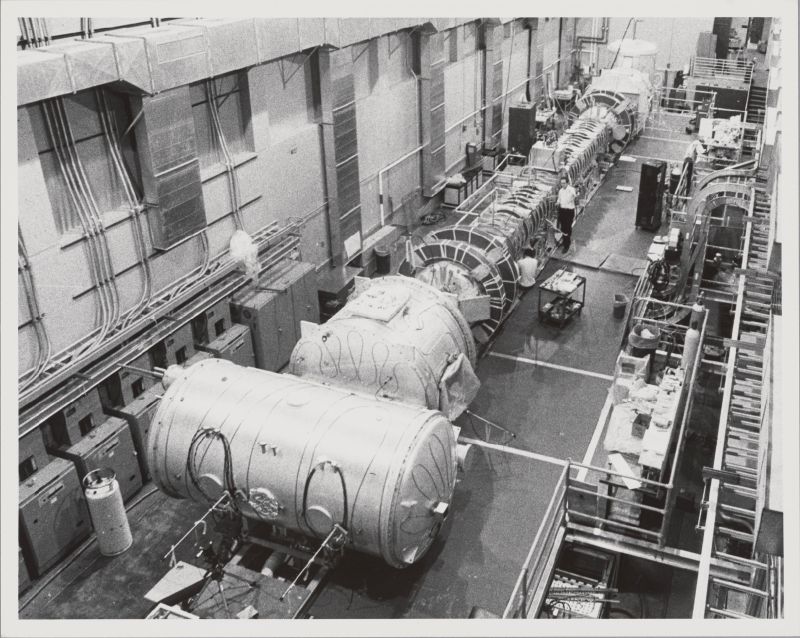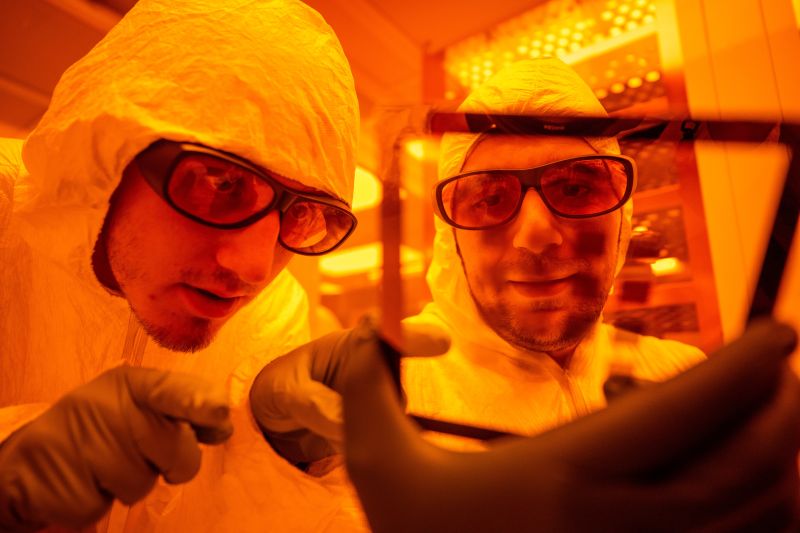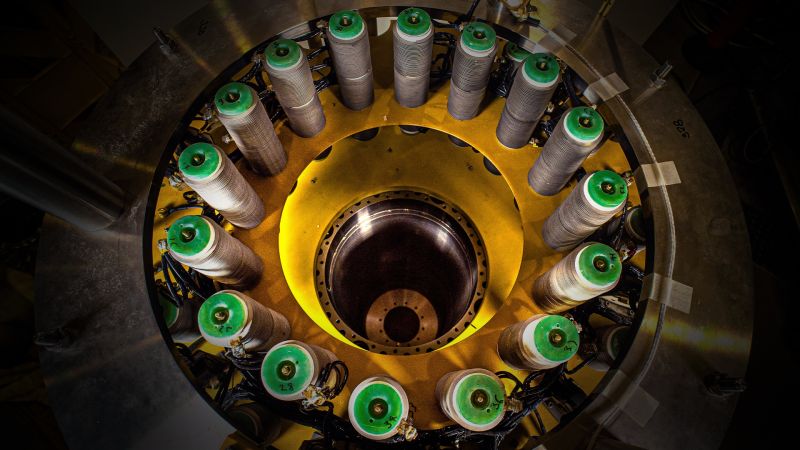Fusion energy: Pathway to abundant power
The U.S. National Science Foundation invests in an array of projects and programs that advance fusion research and development, which are bringing society closer to conquering one of its biggest science and engineering challenges.
Nuclear fusion is the energy source of stars, including our sun. It occurs when two atomic nuclei, such as hydrogen isotopes, combine to form a new nucleus, which releases energy.
Scientists are working to replicate fusion on Earth as a means to generate electricity for the power grid. Fusion energy would provide the benefit of a lasting power source that doesn't produce greenhouse gases or significant amounts of long-lived radioactive waste.
But developing fusion energy is a difficult task. It has taken decades of research just to demonstrate a fusion experiment where the fusion fuel produced more energy than it consumed. While this was a key breakthrough, researchers must now find a way to consistently and cost-effectively generate enough energy to run a fusion power plant.
Creating a star on Earth
Fusion reactions take place in a state of matter called plasma, a super-hot, charged gas made of atomic nuclei and free-moving electrons. Because all nuclei are positively charged, they repel each other, preventing fusion under most conditions. However, the extreme heat of plasma causes the nuclei to move so fast that they overcome this repulsion, collide and then fuse. A confined plasma housing millions of these reactions every second can generate vast amounts of energy from very little fuel.
In stars, extreme gravitational forces create the right conditions for fusion, but without these forces, recreating those conditions on Earth is challenging. The plasma must be heated to extreme temperatures — often greater than 100 million degrees Celsius — and kept dense enough and confined long enough for fusion to occur.
There are two main approaches to confining plasma on Earth. Magnetic confinement, which takes advantage of the fact that charged particles react to magnetic forces, uses powerful magnetic fields to direct and contain plasma. Inertial confinement uses intense lasers or particle beams to rapidly compress the fusion fuel, igniting the plasma.
Sparking new research capabilities
Along with investments in projects, NSF provides access to cutting-edge research facilities that promote foundational research and accelerate knowledge critical to fusion development.
The UCLA Basic Plasma Science Facility — a U.S. national research facility supported by NSF and the U.S. Department of Energy — provides access to unique instruments, such as its Large Plasma Device, that help researchers learn about properties of magnetized plasma and understand how plasma might behave in a fusion reactor with magnetic confinement.
The National High Magnetic Field Laboratory (MagLab), funded by NSF and the state of Florida, is the world's largest magnet laboratory. It houses over 75 powerful magnets, including the Guinness World Record holder for strongest continuous magnetic field, nearly a million times stronger than Earth's magnetic field. MagLab provides opportunities to researchers from universities, national labs and industry working to advance the use of magnets for large-scale fusion energy.
The NSF Zettawatt-Equivalent Ultrashort pulse laser System (NSF ZEUS) is located at the University of Michigan. As of its completion in 2025, it is the highest-power laser system in the U.S. This and other powerful instruments provide world-leading research capabilities to study laser-plasma interactions, enhancing knowledge that can inform the development of inertial confinement fusion.
Scaling up for the future
Although research towards putting fusion energy on the grid is still ongoing, it has already advanced plasma physics and fusion technology, delivering real-world benefits, including improved materials and industrial processes.
America's Seed Fund, powered by the U.S. National Science Foundation, is driving innovation in the growing fusion private sector. Avalanche Inc. is developing a compact, mobile fusion source that would be transformative for applications such as long-range travel and microgrids in remote environments. NearStar Fusion Inc. is working on a simple design to integrate fusion energy into existing power grids or new microgrid infrastructure.
As the fusion energy private sector grows, it will require an expanding workforce at all levels. The NSF-supported Workforce Accelerator for Fusion Energy Development Conference was a key milestone for addressing this need, facilitating new partnerships among public and private stakeholders, including those not previously engaged in fusion, and catalyzing initiatives to link education and training with industry needs.
While fusion energy development requires unique technical elements, it also incorporates technologies common in other fields. The conference connected stakeholders across these fields, promoting collaborative, interdisciplinary workforce development and allowing fusion stakeholders to leverage existing resources. This event also spawned new education and training programs in skill sets applicable to fusion and non-fusion careers, enabling mobility for the current and future workforce. Importantly, emerging initiatives emphasize avenues for non-traditional fusion domain entrants, such as vocational programs, to train workers without the need for a bachelor's or graduate degree.
Fusion offers the prospect of an abundant, reliable power source to meet the world's growing energy demand. Already, it has spurred innovation and opened new markets. While there is still a long way to go, recent milestones and investments in the fusion field show promise for bringing fusion energy to the power grid.




